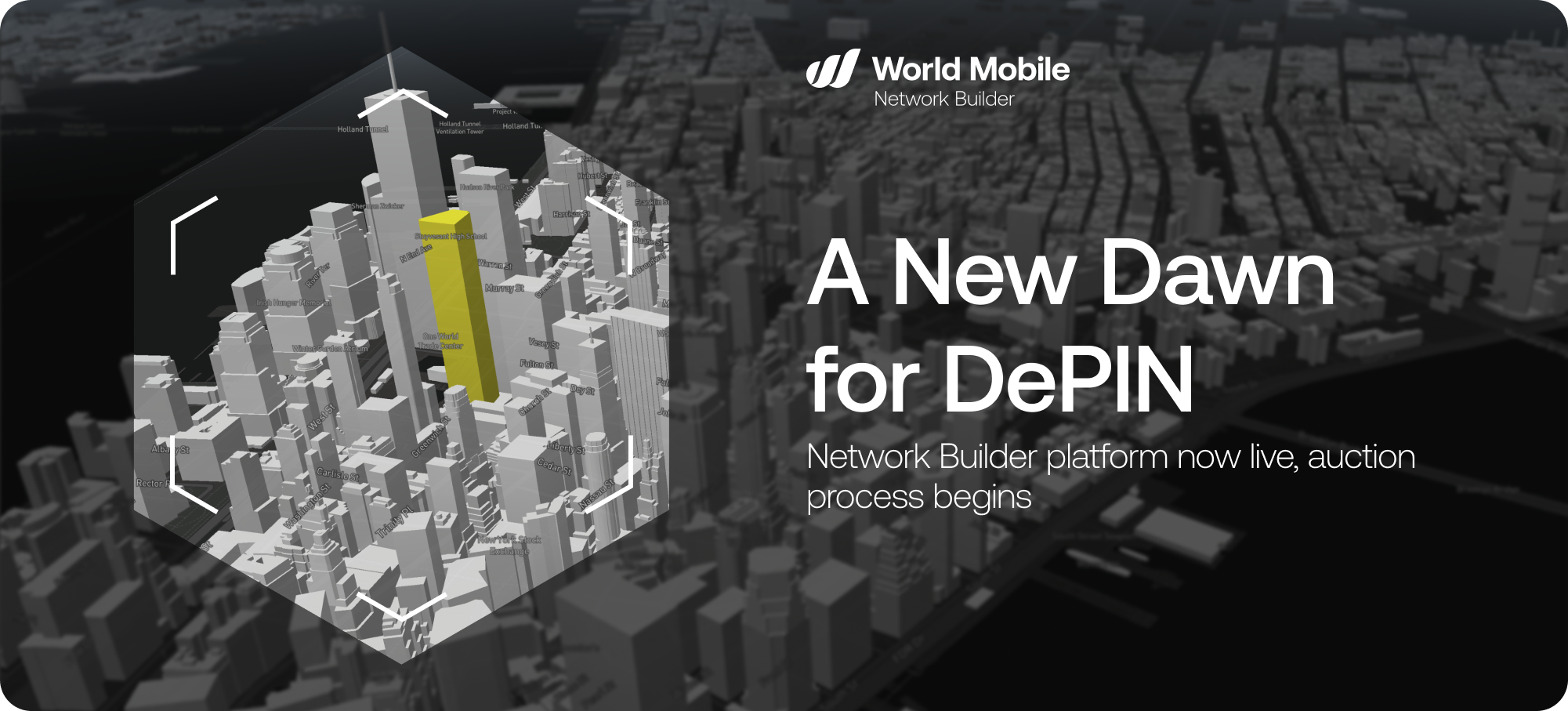In the skies above Massingir, something powerful just took to the skies.
We’ve launched our first aerostat in Mozambique. It’s tethered to the earth but reaches higher - carrying with it the potential to lift entire communities online. This marks a pivotal step in our mission: to build a decentralized mobile network that brings affordable, scalable, and sustainable connectivity to the people who’ve been left behind for too long.
According to the World Bank, nearly 75 percent of unconnected individuals worldwide are offline because they simply can’t afford it. In Mozambique, only 23 percent of the population used the internet in 2022. Most of the country’s infrastructure serves its cities. But most Mozambicans live in rural areas - many without consistent electricity, let alone access to the internet.
That divide keeps growing. And that’s exactly what we’re here to close.
Why Mozambique - and Why Now?
Sub-Saharan Africa accounts for half of the 400 million people worldwide who aren’t covered by any mobile network at all. The global connectivity gap isn’t just a statistic. It’s a daily barrier to education, health care, and economic progress.
Massingir, a rural village in southern Mozambique, is now one of the first places to benefit from our aerial coverage model. The aerostat - rising 300 meters into the sky - is equipped with a custom radio payload. From that height, it can provide standard cellular coverage across a 130-kilometer radius, delivering last-mile connectivity at a fraction of the cost and complexity of traditional infrastructure.
This is how we extend the network: agile, adaptable, and efficient. Not by copying the systems that failed, but by building a model that scales to meet people where they are.
A Platform That Learns and Grows
The Mozambique launch isn’t a one-off. It’s the first in a series of deployments designed to map network demand and validate coverage potential using real data. These initial flight operations allow us to refine our models, strengthen partnerships, and prepare for commercial rollouts across the continent.
Each flight brings us closer to unlocking community-owned mobile networks across Africa - and beyond.
We’re not here to patch up broken systems. We’re here to rewire the model from the ground up and make it work for everyone.
Technology That Serves the Movement
Our aerostats aren’t just airborne towers. They are tools of transformation - designed to overcome terrain, empower local economies, and run on principles of decentralization.
Here’s how they work: devices connect directly to the radio payload on the aerostat, just like a traditional cell tower. But unlike legacy systems, this isn’t locked down by a central operator. It's part of a decentralized network that offers economic participation to the communities it serves. Powered by blockchain, the system allows people to operate nodes and share in the value they help create.
This isn’t innovation for innovation’s sake. It’s innovation with a purpose: to return power to the people and reimagine who gets to own the network.
"The aerostat launch is a testament to the extraordinary efforts and dedication of our team. We’re excited to gather data and prepare for the next phase of deployment. These systems are scalable, reliable, and adaptable—and we believe they will reshape telecom across Africa and beyond."
- Gregory Gottlieb, Head of Aerial Platforms, World Mobile
"Of the 5 percent of the world not covered by mobile internet, half live in Sub-Saharan Africa. Through collaborations like this one, we’ll be able to close that gap and improve lives with real, lasting connectivity."
- Alex Sinclair, Chief Technology Officer, GSMA
One Sky. Billions Unconnected. Let’s Change That.
We believe connectivity is a right, not a luxury. And we’re not alone. This is a collective effort - one powered by people, data, vision, and action.
Mozambique is only the beginning. We’re scaling what works, adapting to local needs, and charting a path toward full participation in the digital world.
Join the movement. Reclaim your power.
.png)

.png)
.png)
